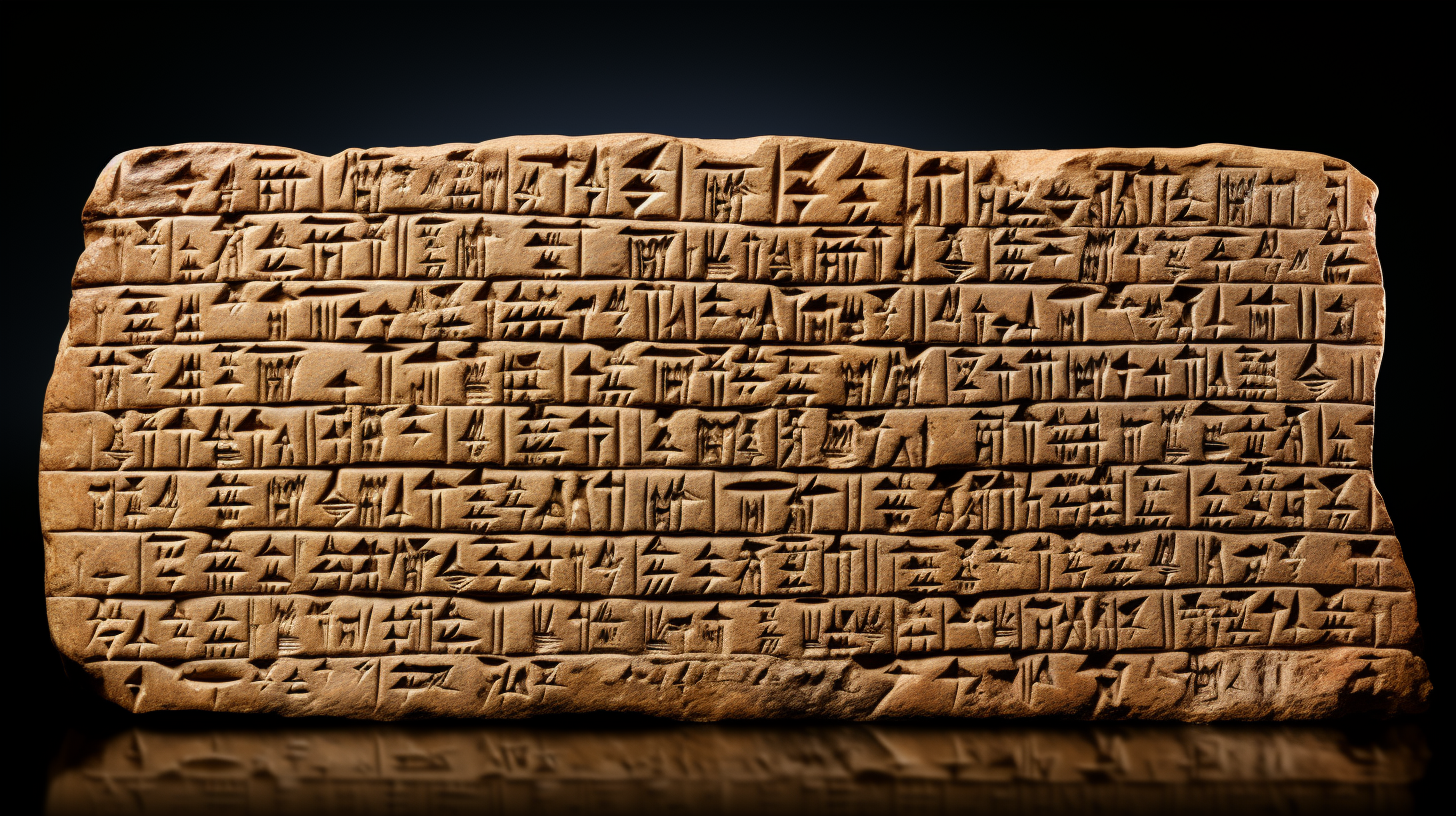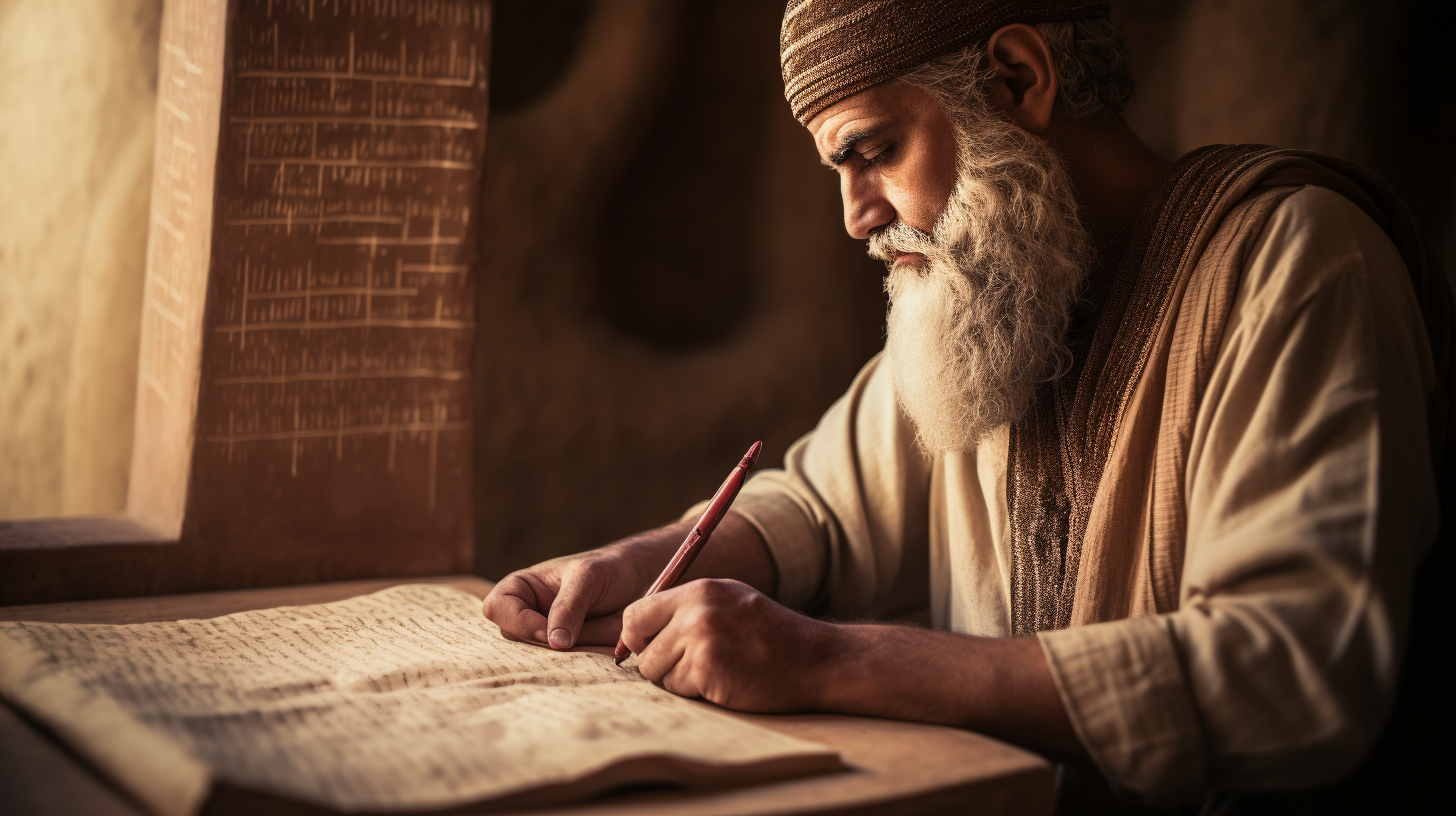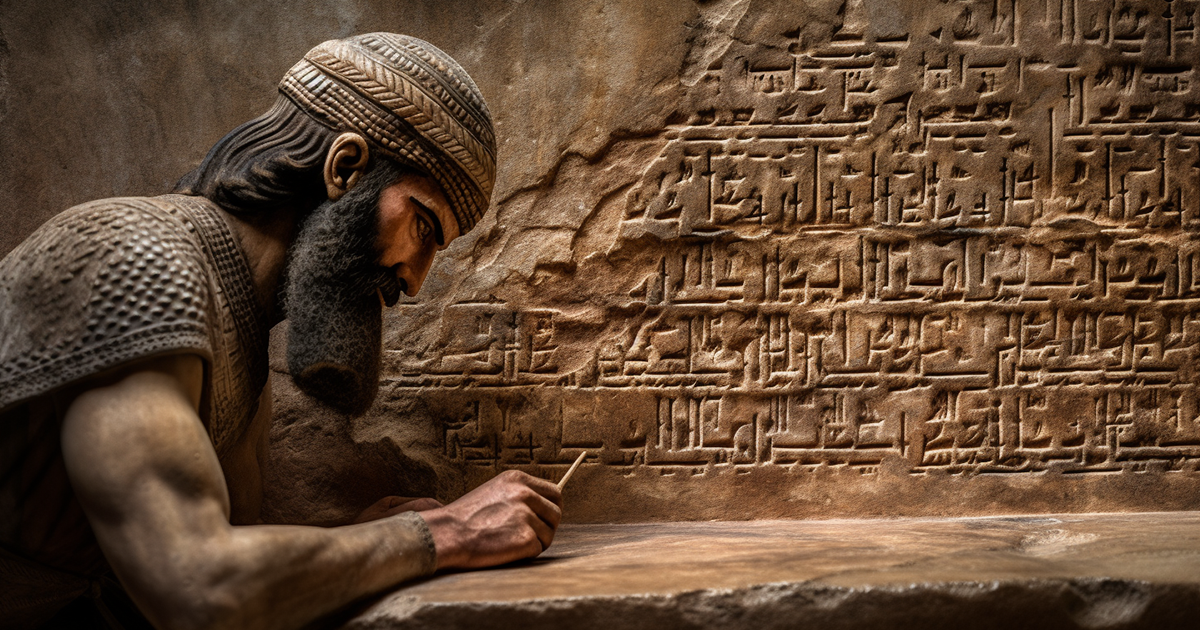Living in the hustle and bustle of modern times, we often overlook the intricate methods we use to gauge time and angles. Have you pondered the genesis of 60 seconds in a minute and 360 degrees in a circle? The secret lies with the ancient Babylonians, pioneers of a numerical system rooted in 60 rather than the familiar base-10 system we employ today.
Flourishing in Mesopotamia circa 2000 BCE, the Babylonians were revered for their adept mathematical skills and acute astronomical observations. Among their enduring legacies to civilization was the formulation of a sexagesimal system, a framework based on 60 numerals. As opposed to our prevalent base-10 system, where numbers advance in increments of ten, the Babylonians counted in increments of 60.

This distinctive system left an indelible mark on myriad facets of our existence, encompassing the art of measuring time and angles.
Time Measurement: Pre-Babylonians, diverse civilizations employed varied techniques for measuring time. Yet, the Babylonians’ base-60 system streamlined computations significantly. They subdivided an hour into 60 minutes and a minute into 60 seconds. This subdivision endures in the 60-second minute we employ today. The Babylonian system’s efficacy propagated across cultures, establishing itself as the global standard for time measurement.
Angle Measurement: The Babylonian base-60 system also revolutionized angle measurement. They partitioned a circle into 360 degrees, a multiple of 60. This partition facilitated precise angle calculations, anchoring the continued usage of 360 degrees in a circle today. This system’s efficiency and accuracy cemented its significance in geometry and trigonometry, pivotal disciplines in scientific and engineering domains.

The Influence of Base-60: While the Babylonian base-60 system may appear unorthodox by contemporary standards, its impact endures through the ages. Our contemporary timekeeping, navigation, and mathematics owe a significant debt to the Babylonians’ innovative numerical construct. Their mathematical acumen ensures their system remains a cornerstone of modern daily life, even in the 21st century.
In Conclusion: The customary practices of time and angle measurement conceal a riveting history intertwined with the ancient Babylonian civilization. Their embrace of a base-60 numerical system birthed the 60-second minute and the 360-degree circle, fixtures that mould our world today. Therefore, the next instance you check the clock or employ angles in your routine, spare a moment to acknowledge the enduring legacy of the Babylonians and their pioneering mathematical outlook.
